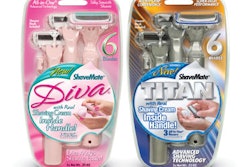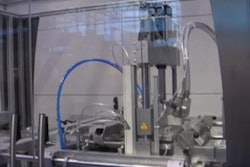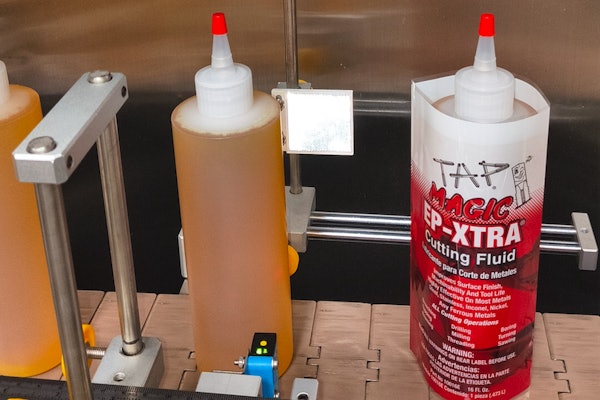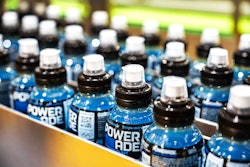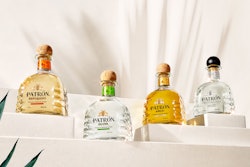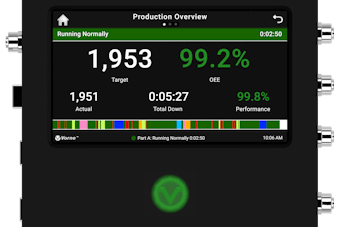PW: How does sustainability fit into the package redesign for Prilosec
that reached store shelves last year?
Eadicicco: Consumer-led innovation and sustainability are imperative to
everything we do at P&G. Prilosec was in a seven-count blister-card
format with a peel/push child-resistant feature. Prilosec is a course
of treatment for 14 days. We have a 14-, 28-, and 42-count pack. Each
carton pack contained two, four, or six blisters. One blister card
format was used for all package sizes. The blister-card redesign
includes all 14 tablets on the same size card as the seven-count
version, reducing packaging materials by 50%.
PW: With the Prilosec package redesign, you wanted to make it easier to
open, reduce material usage, and maintain its safety and efficacy,
correct?
Eadicicco: Yes, and we were committed to no trade-offs. We listened to
consumer concerns about hard-to-open blister cards and also directly
observed consumers opening the packs through focus group settings. That
information was used in the redesign process and led us to change our
child-resistant feature from a peel-push blister card to a
push-through. So, we made it easier for the consumer to open the
package, and were able to make changes to the foil and paper in order
to meet established safety standards.
PW: What were the economic
ramifications of the redesign?
Eadicicco: We have effectively reduced our packaging material usage by
over 800,000 lb/year, so there are savings there, mainly in foil, but
also in some of the paper backing on the lidding material compared with
our previous seven-count blister card. It’s not only less material, but
it also requires less energy to mill the aluminum and transport it, so
the overall footprint on energy is much smaller.




